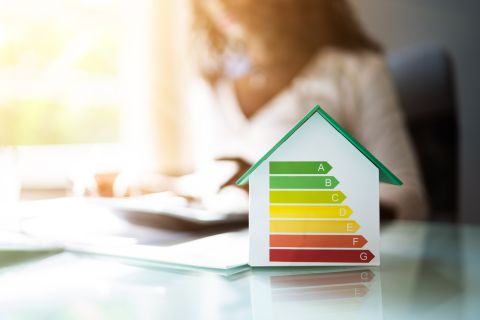
What is Part L?

Part L is a building regulation that concerns construction projects that are new, or result in the change of use of a dwelling or all other buildings in England. It sets the standards for the energy performance and carbon emissions of new and existing buildings.
As of 2014 Part L was split into four sections:
- L1A New dwellings
- L1B Existing dwellings
- L2A New buildings other than dwellings
- L2B Existing buildings other than dwellings
Part L updates approximately every four to five years where the permitted amount of carbon used by a building is tightened, setting out the requirements for Standard Assessment Procedure or SAP calculations and Carbon Emission Targets for dwellings.
Calculations for Part L compliance
The route to compliance for new buildings is through the use of the national calculation methodology (NCM) software which calculates a Dwelling or Building Carbon Dioxide Emission Rate (DER), the requirements for which are set out in Part L.
The relevant calculations are:
Standard Assessment Procedure (SAP) - for new dwellings or a change of use or energy status
Simplified Building Energy Model (SBEM) - for new non-domestic buildings, or those with a change of use or energy status.
SAP is a simplified building energy model that calculates how much energy we use and converts that figure to a KGs or tonnes of carbon. When inputting data about the building, a replica building is also calculated using default values, this is referred to as the notional dwelling and results in giving a Target Emission Rate, or TER, the minimum allowable standard for the energy performance of a building defined by the annual CO2 emissions.
This will calculate the carbon from the planned building, resulting in a Dwelling Emission Rate, or DER.
Part L regulations set a target by comparing the DER against the Target Emission Rate (TER), which will need to be lower in order to achieve compliance.
Within the set target it is possible to achieve compliance in any way as long as the minimum standards for build fabric and energy efficiency (FEE) are adhered to.











